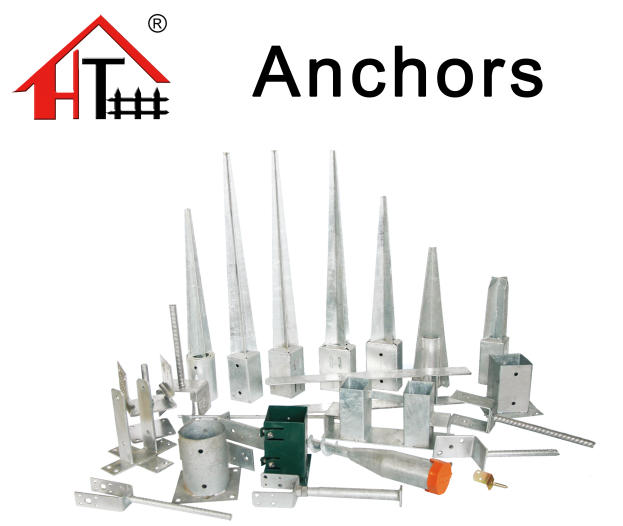Designing a Garden with Chicken Wire Fence
Creating a beautiful and functional garden is a rewarding endeavor that not only enhances the aesthetic of your outdoor space but also provides a source of fresh produce or vibrant flowers. One practical design element that can elevate your garden's functionality while ensuring it remains visually appealing is the use of a chicken wire fence. This article explores the benefits of using chicken wire in your garden design, practical tips for installation, and ways to incorporate it into your overall landscaping.
Benefits of Chicken Wire Fencing
Chicken wire fencing is an economical and versatile option for gardeners. It serves as an effective barrier against various pests—such as rabbits, deer, and groundhogs—that might otherwise feast on your plants. Unlike traditional wooden or metal fences, chicken wire is lightweight and easy to work with, making it accessible for both novice and experienced gardeners. Additionally, its open structure allows for air circulation and sunlight penetration, which is crucial for the health of your plants.
Moreover, chicken wire fences can be aesthetically pleasing. With a little creativity, they can be adorned with climbing plants or flowers, creating a beautiful green wall. Using natural materials like wood posts to support the chicken wire can lend a rustic charm, seamlessly integrating the fence into the garden landscape.
Installation Tips
Installing a chicken wire fence is a straightforward process. First, determine the layout of your garden and decide how much area you want to enclose. Next, gather the necessary tools chicken wire, garden stakes or wooden posts, wire cutters, and a hammer.
garden with chicken wire fence

To ensure a solid structure, set the posts at least two feet deep for stability. After securing the posts at the corners and along the perimeter, unroll the chicken wire and attach it to the posts using wire ties or staples, ensuring it is taut and secure. For added protection against digging animals, bury the bottom edge of the chicken wire a foot underground or extend it outward to form a barrier.
Creative Uses in the Garden
Once your chicken wire fence is in place, think about how to enhance its functionality and beauty. Consider hanging pots of flowers or herbs on the fence for added color and practicality. You can also use the wire to support climbing plants such as peas, cucumbers, or beans, creating a lush, green backdrop that adds vertical interest to your garden.
For added charm, decorate the fence with fairy lights or seasonal decorations. In the autumn, pumpkins can be arranged at the base, while in the spring, vibrant flowers can spill over for a cheerful appearance.
Conclusion
Incorporating a chicken wire fence into your garden design not only helps protect your plants but also offers opportunities for creative expression. Through clever installation and thoughtful decoration, you can transform a simple fence into a striking feature that enhances the overall beauty of your outdoor space. Embrace the combination of functionality and aesthetics, and watch your garden thrive within its newly secured boundaries.
















